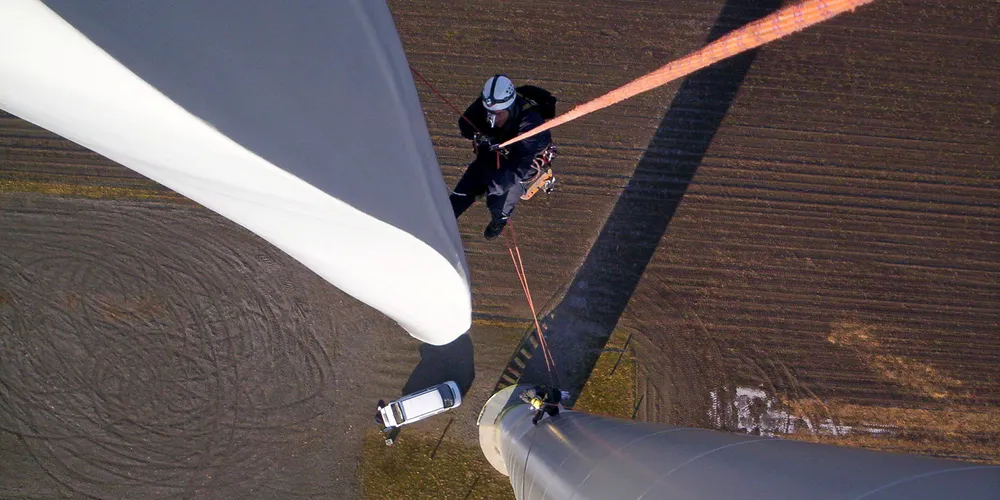Wind industry 'needs almost 600,000 technicians by 2027' to meet growth goals
A quarter of a million new recruits are needed, particularly in ten key markets, if wind is to keep up its expected pace, say GWEC and GWO

The global wind industry will need around 570,000 technicians over the next five years if it is to bring global capacity to 1.5TW in the same period, says a new report from the Global Wind Energy Council (GWEC) and Global Wind Organisation (GWO).
Annual wind energy installations are expected to double from 78GW last year to 155GW in 2027, it said, bringing the total wind capacity worldwide to over 1.5TW in just five years.
That growth would require an extra 84,600 technicians to support the expansion of wind power.
However, with a typical 6% attrition rate, it said the industry will also need to recruit an additional 159,000 people to replace technicians expected to naturally exit the sector during that period.
That means that 243,800 technicians – or 43% of the global workforce – will be new to the industry, “joining from an education and recruitment pipeline or transferring from other sectors, such as offshore oil and gas.”
It said that more than 80% of these technicians will be required in ten countries: Australia, Brazil, China, Colombia, Egypt, India, Japan, Kenya, South Korea and the US.
The workforce will grow most rapidly offshore (79% higher in 2027 than last year) compared to onshore (12% higher in 2027 than last year).
The report does not cover workforce needed in other areas in the wind industry, such as research and development, procurement and manufacturing.
Jakob Lau Holst, CEO of the Global Wind Organisation said that “workforce development is top of mind for policymakers, industry associations and employers.”
He said the report shows “just how many people will be needed for the forecast installation and maintenance of the world’s wind fleet but emphasises how many of these will be new arrivals to the sector.”
He said this “underlines the need for a renewed focus on entry level skills that match the needs of employers and complements the existing capabilities people bring from other sectors and education systems.”
(Copyright)